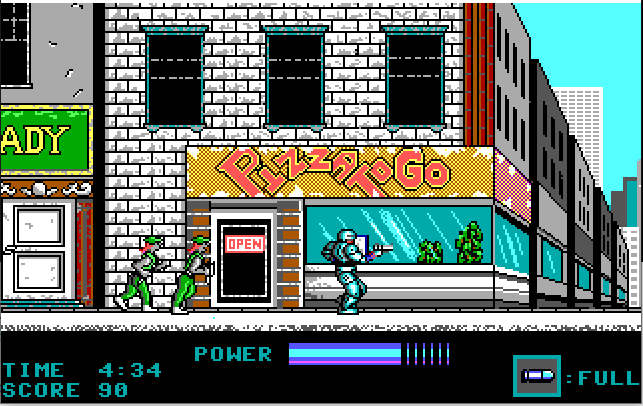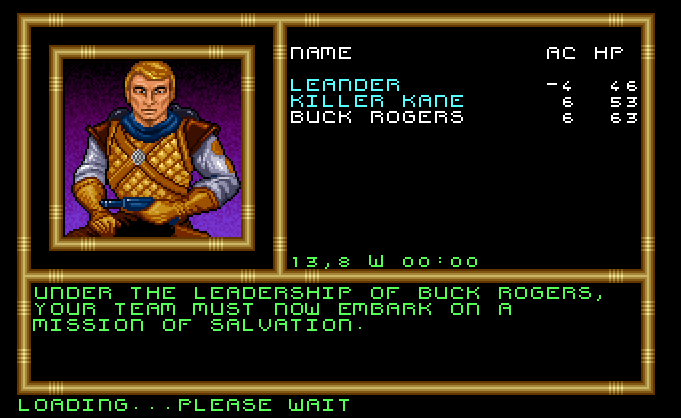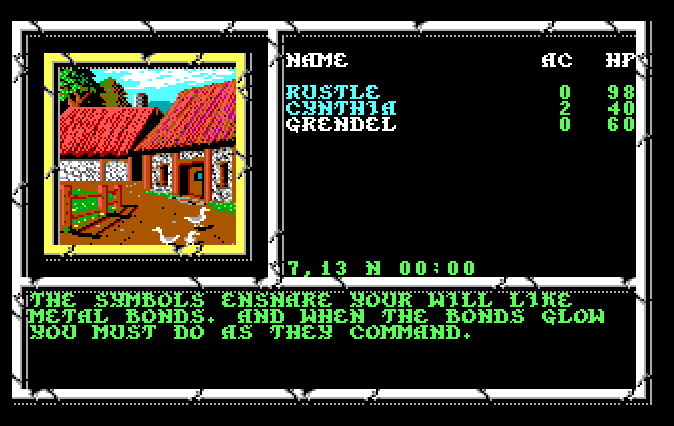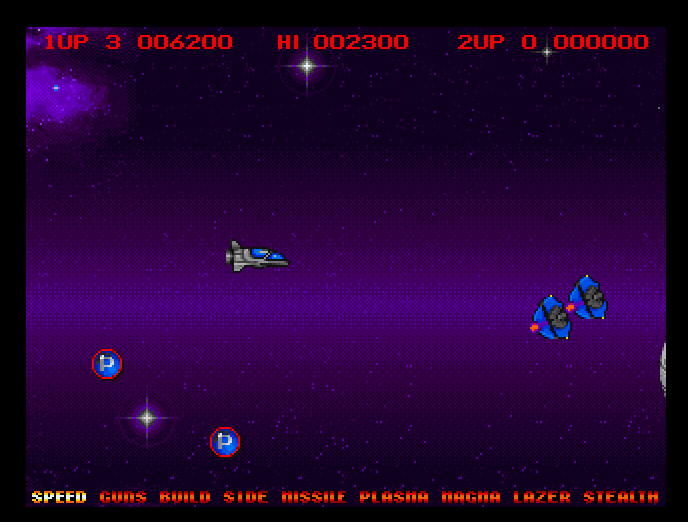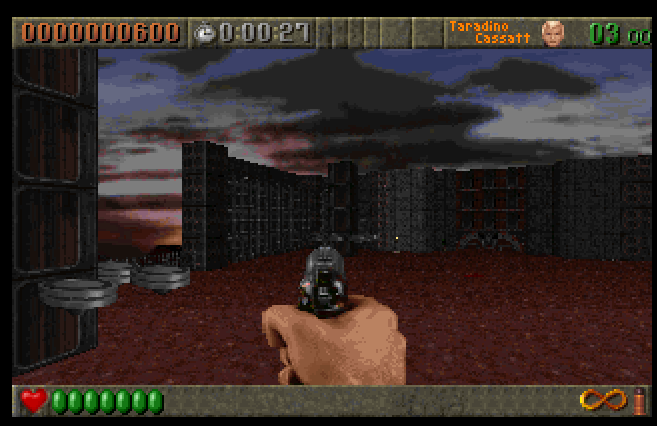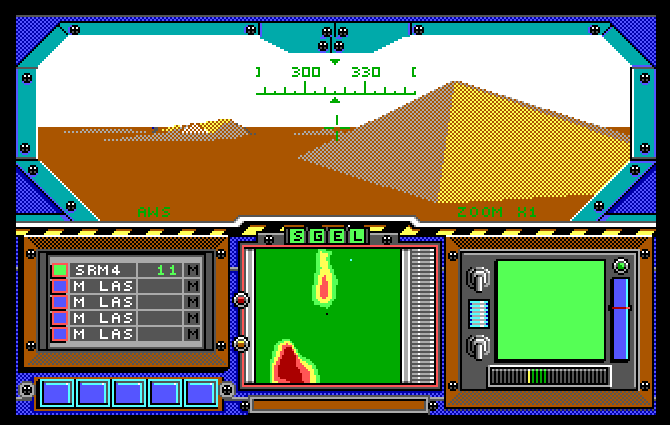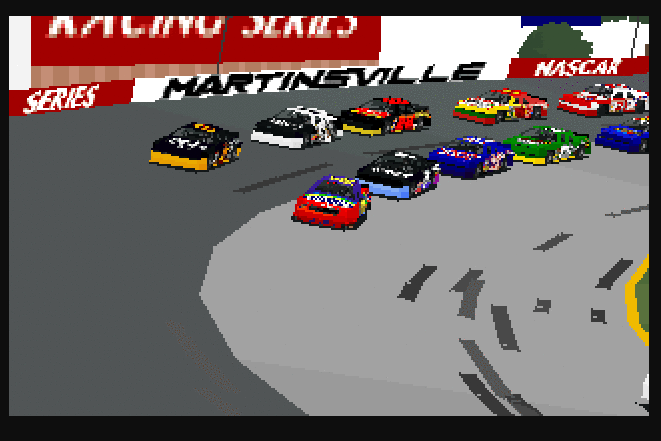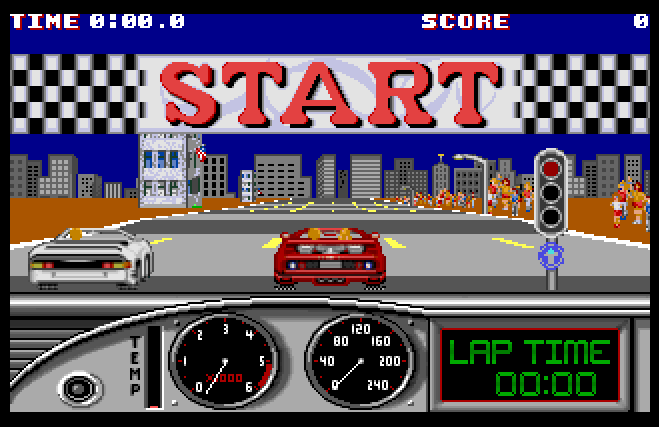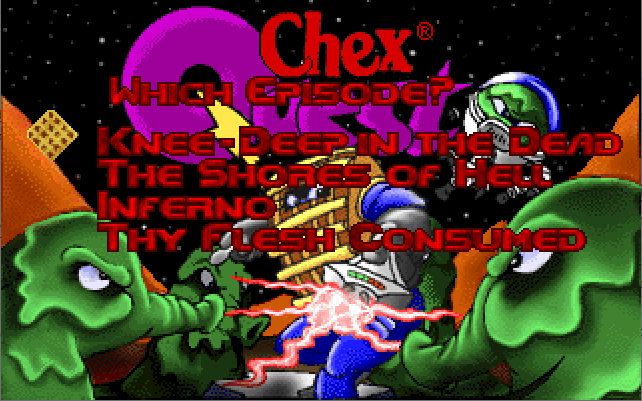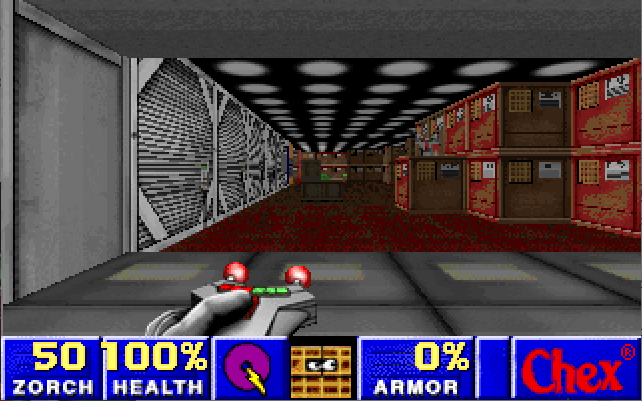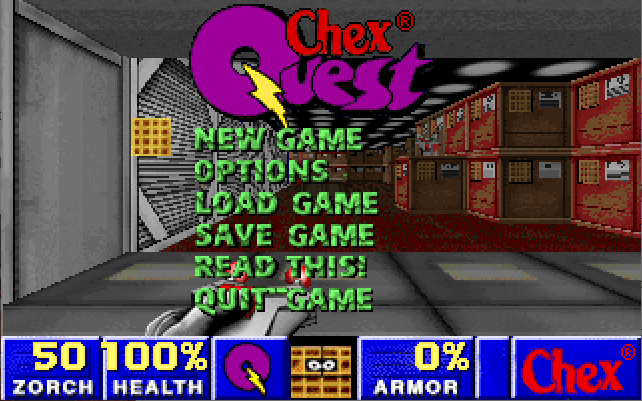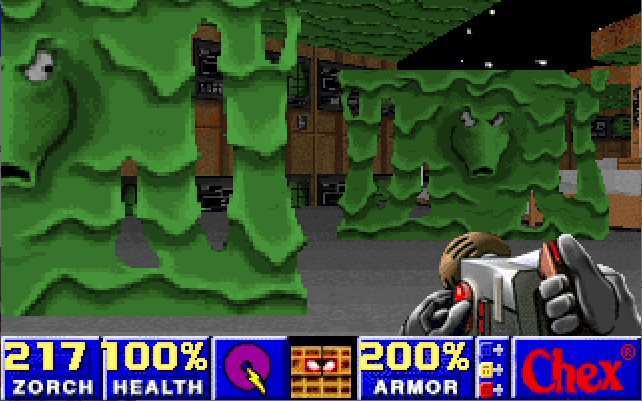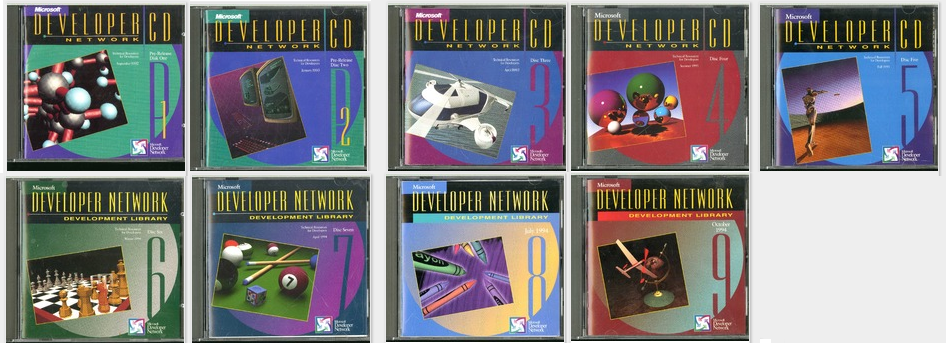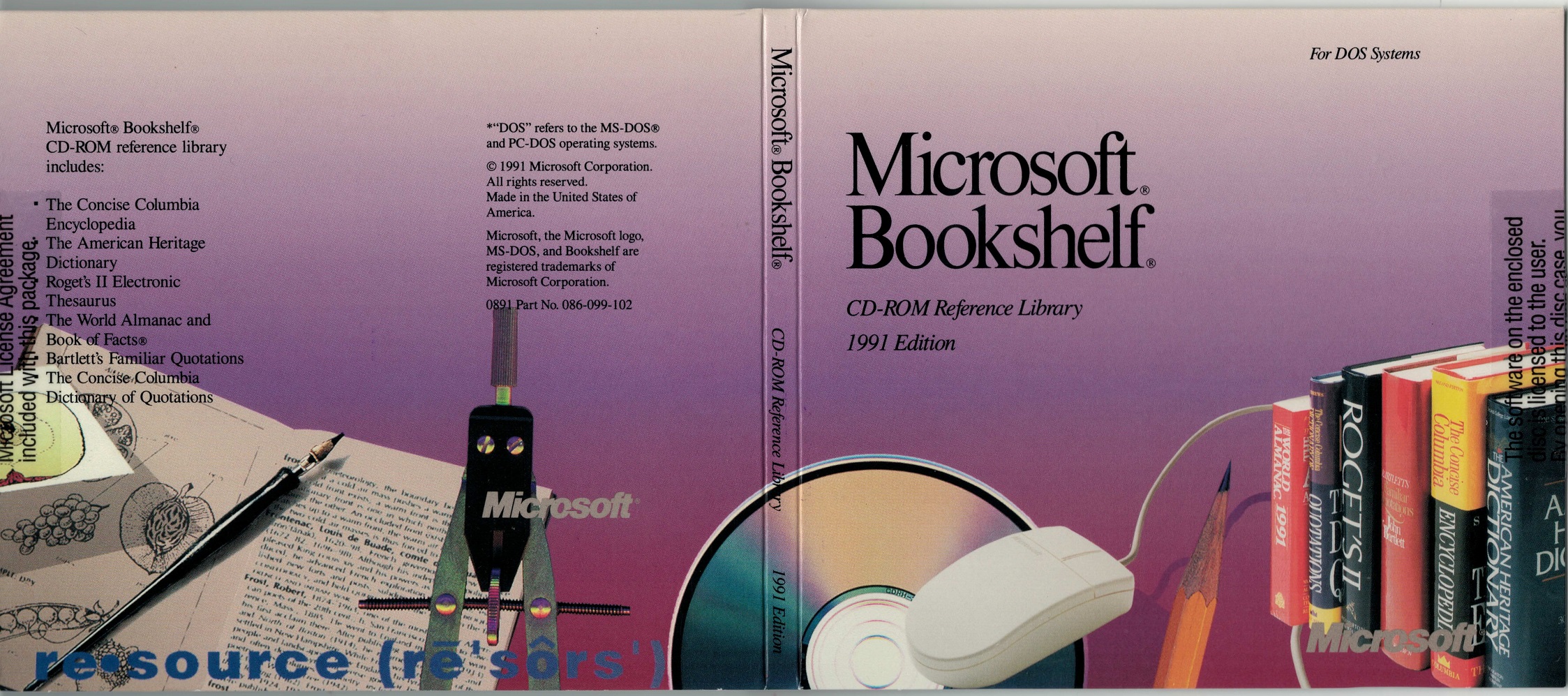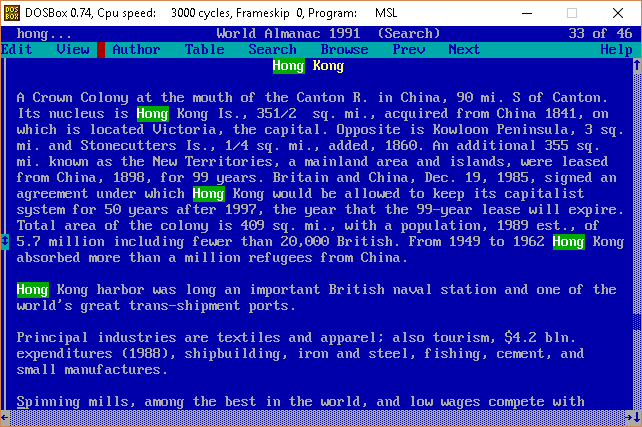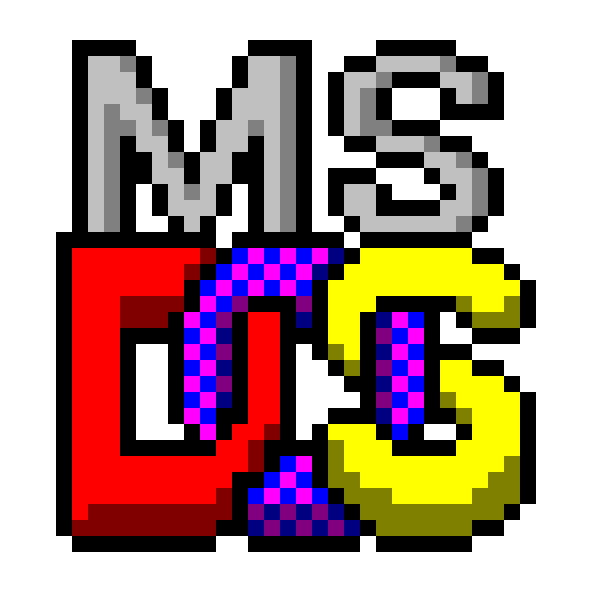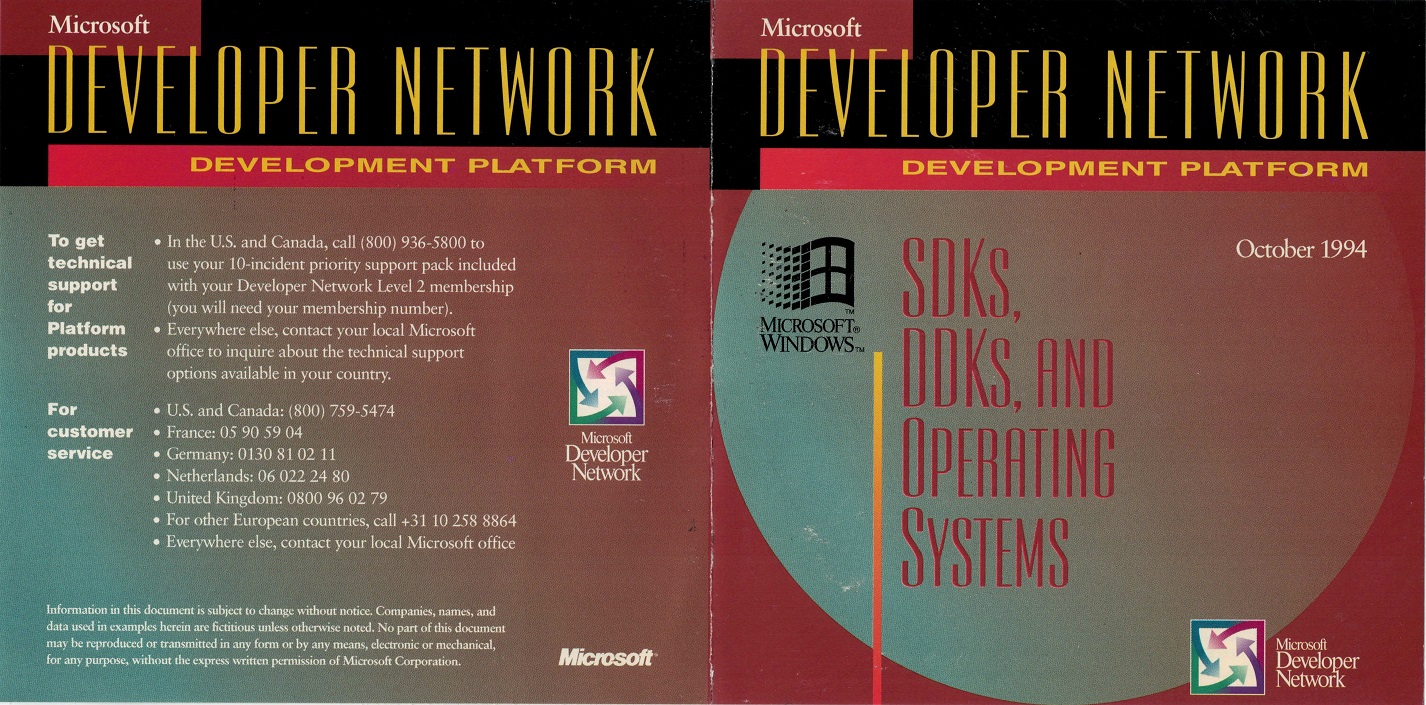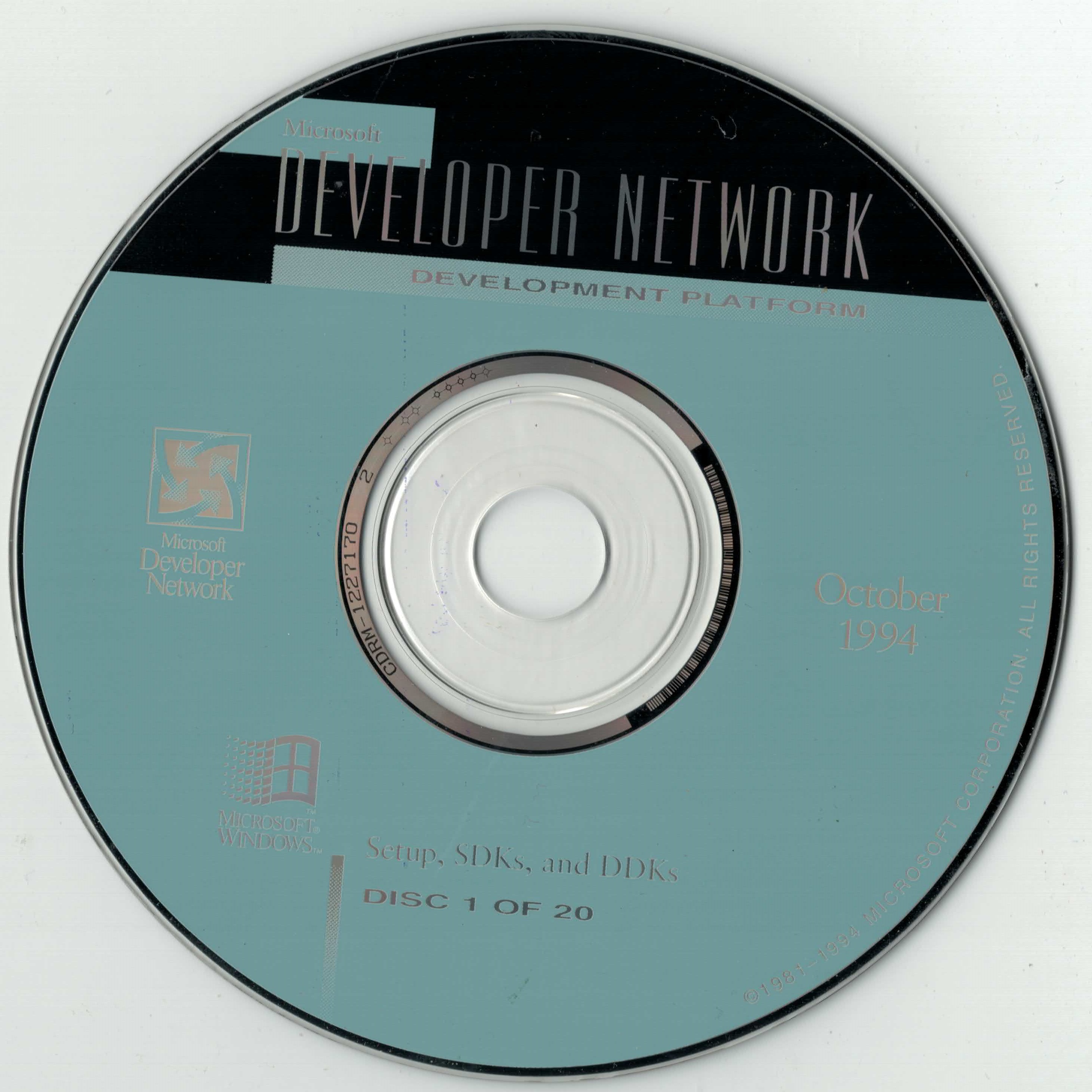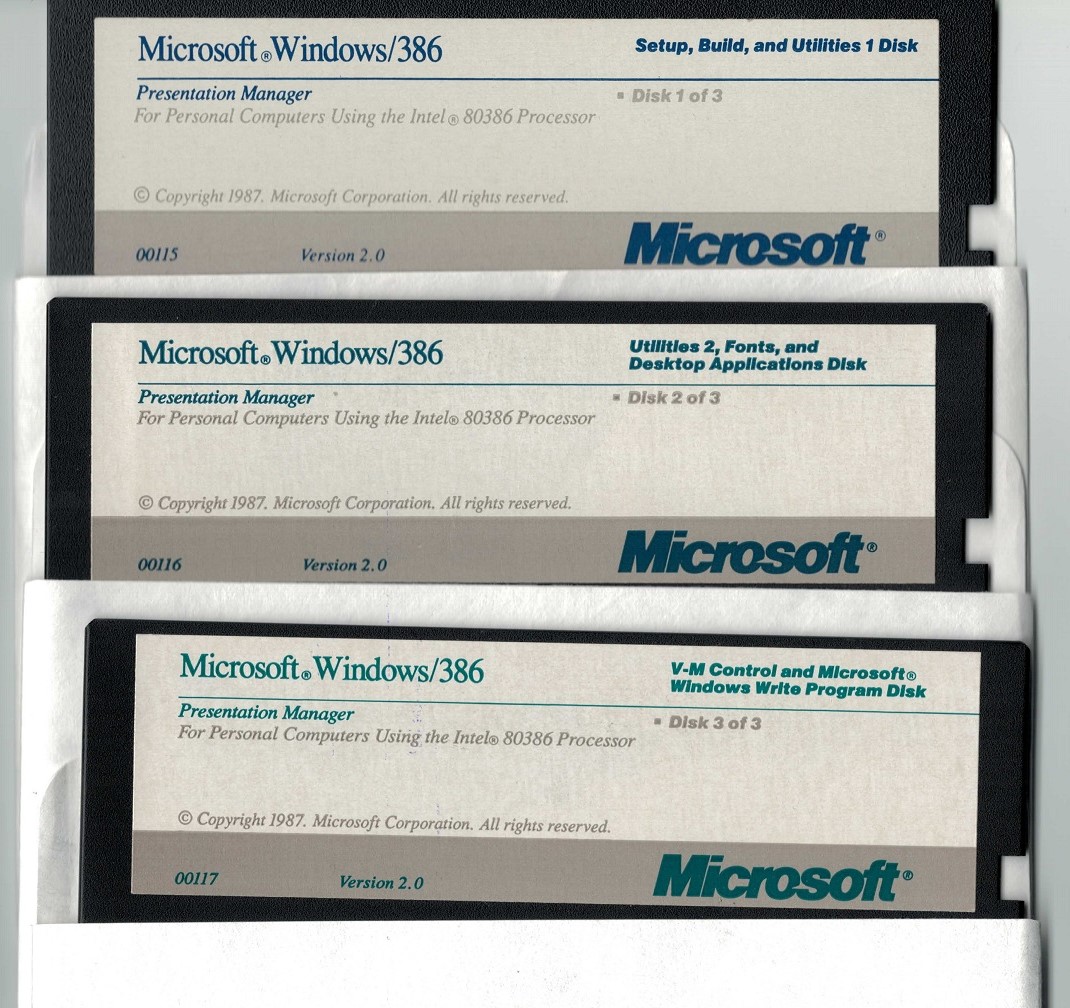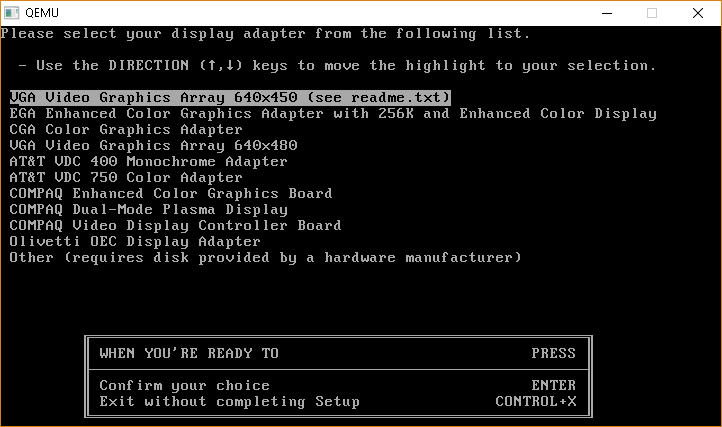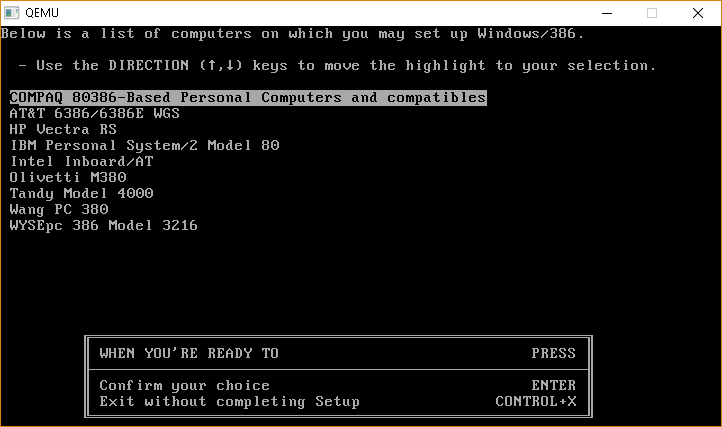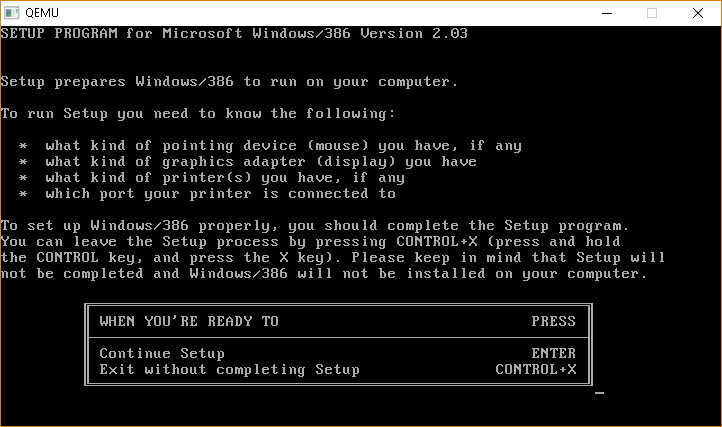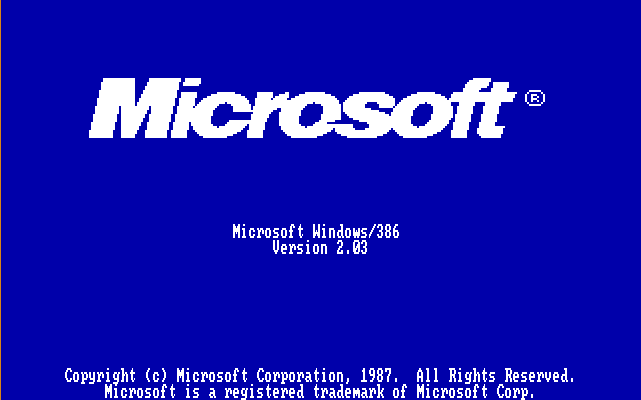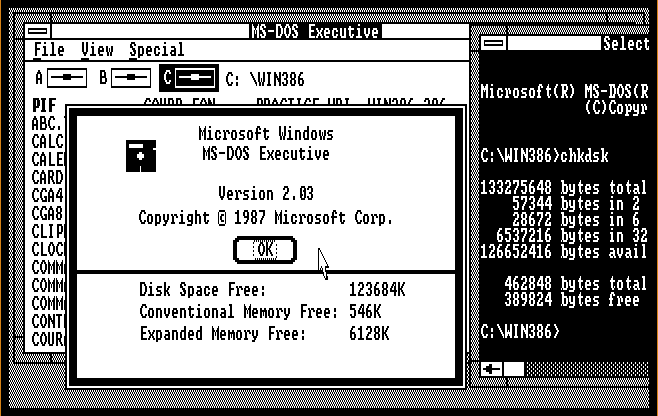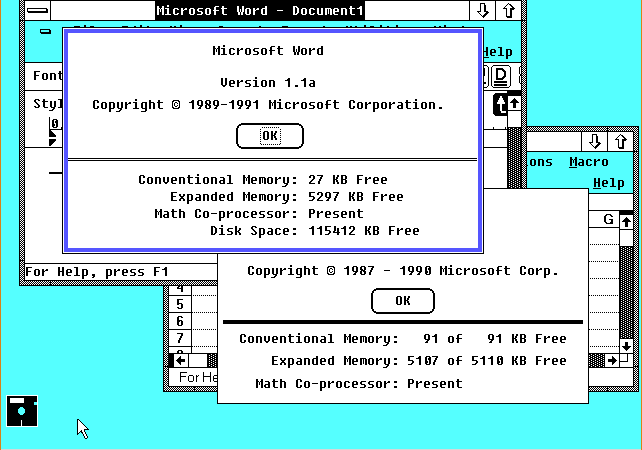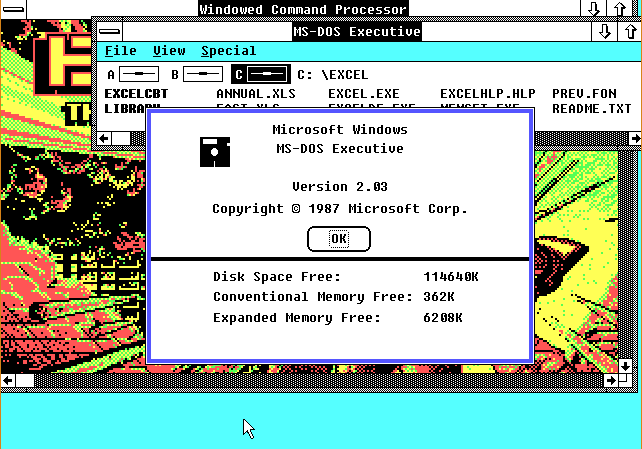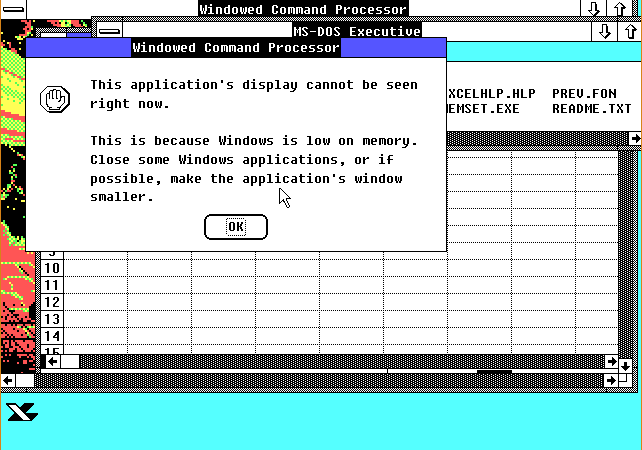So I was lucky enough to get to Beep before it closed, and I picked out a couple of FM Towns titles (and a junker!), and I thought ‘Return to Zork’ would be a good title, something to compare the MacOS & MS-DOS versions against.
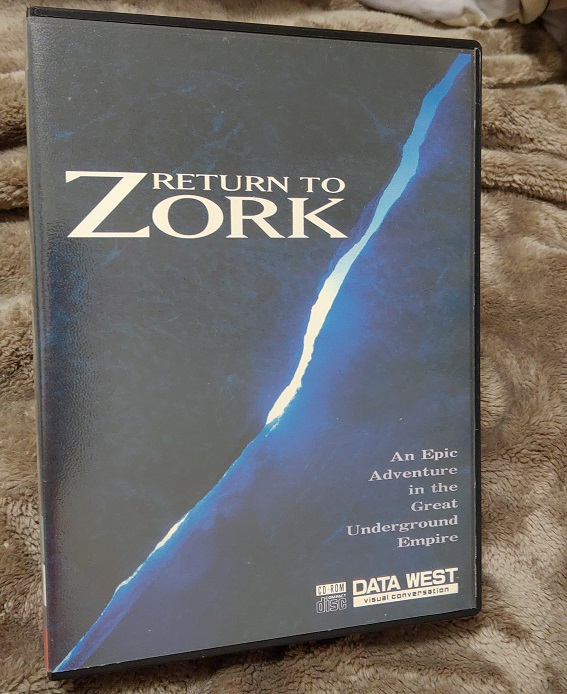
Although slightly faded, it does come in this nice box, which reminds me of the NEOGEO… which is probably an apt comparison.
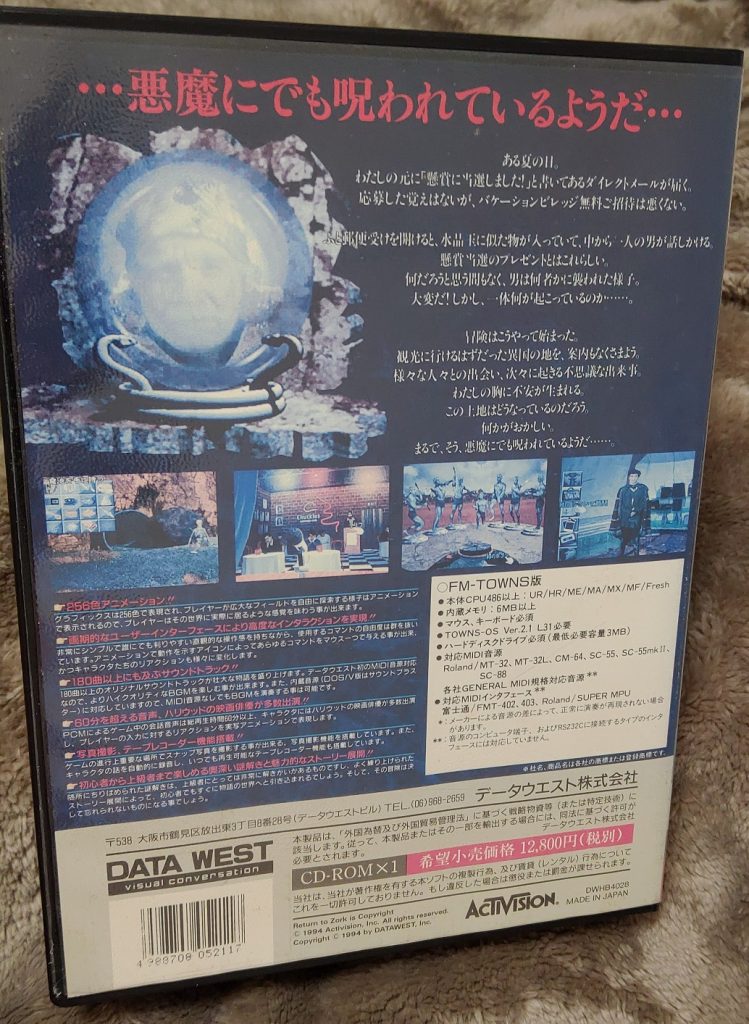
The artwork has faded, although the CD-ROM inside was still sealed, never before opened. I picked this up for an eye watering Â¥3,480 but flipping the box over revealed the launch price of an astonishing Â¥12,800! I’m not sure what the exchange rate from 1994 was, but even at a generous 100:1 JPY to USD that’s half the price of the old multimedia kits which included the drive, sound card and so many came bundled with Return to Zork.
Another random title I grabbed was even more insane!
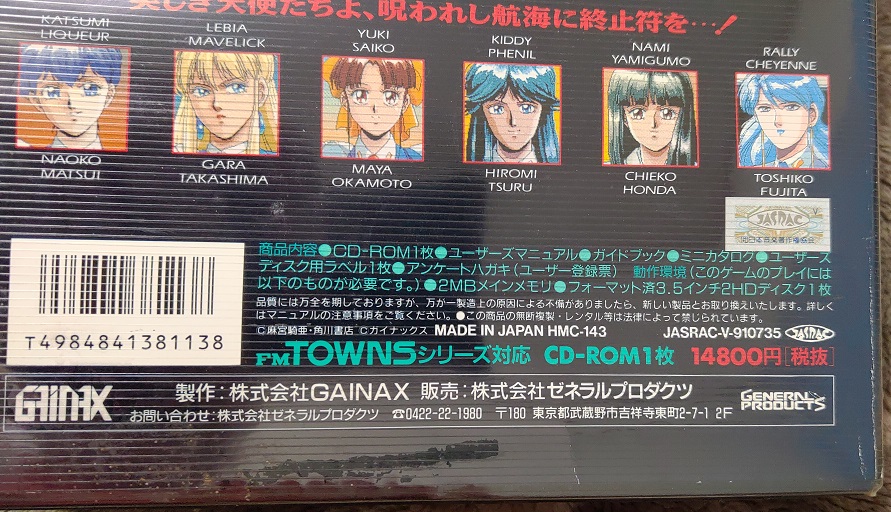
¥ 14,800 for Silent Möbius: Case: Titanic!
I need to get a RGB monitor & keyboard to see if this thing even works, meanwhile I fought with UNZ to get it running, and the mouse tracking is totally broken unless you change the DPI scaling, credit to this post in the UNZ ‘BBS’.
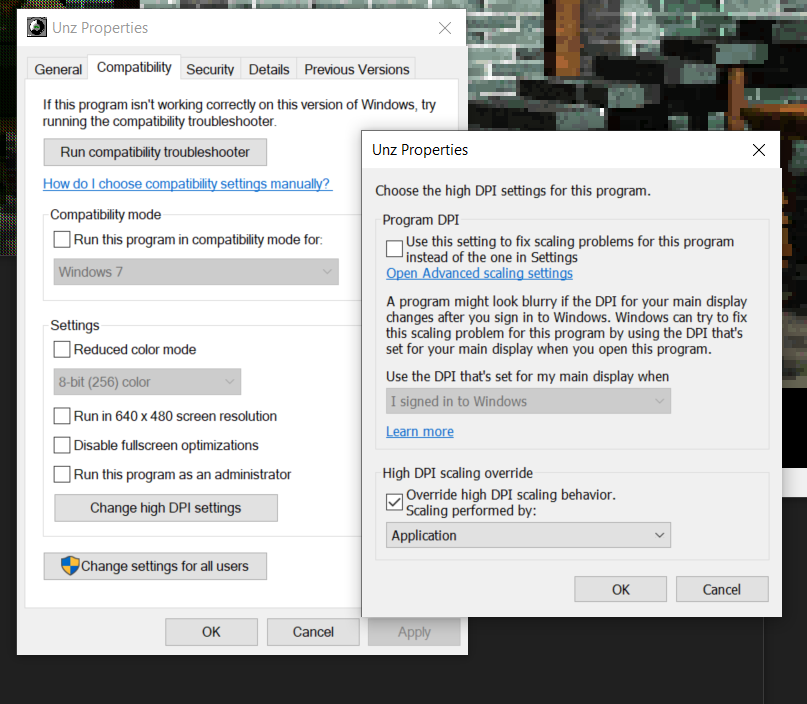
One thing is sure, the voice acting in the Japanese version is so terrible.
As people complain about ‘AAA’ games, and paying $60, just look at this! $134 USD for some cartoon boat game thing.. Although I’ve never heard of Silent Möbius or played it, I just saw it was available for the x68000 and PC-98. So I guess it’s one of those Lowest Common Denominator games.
One interesting thing about the FM TOWNS is that they have that ROM DOS with CD-ROM drivers, and their apparently blanket licensing for PharLap 386. Although while I was wasting time looking at cartoon rabbits, someone else scooped but the 386 BASIC kit. Darn.
But in the Return to Zork world, the ‘made.exe’ is in fact a Pharlap 386 EXP, meaning that it runs in 386 protected mode, so you don’t have to struggle with emm386, himem.sys and trying to get a ludercus 580-600kb of conventional memory. Seriously it was such a chore to get this running the manual has a big section on setting up a boot disk. It’s a shame they didn’t license a DOS extender for the US PC platform, although I can see why they chose that route on the FM Towns (and I believe PC98), as there is a RTZ9821 directory there which includes an EXP. Shame it was never relased state side as a patch, as it would have been a GREAT user change. Well that or a Win32 executable.

